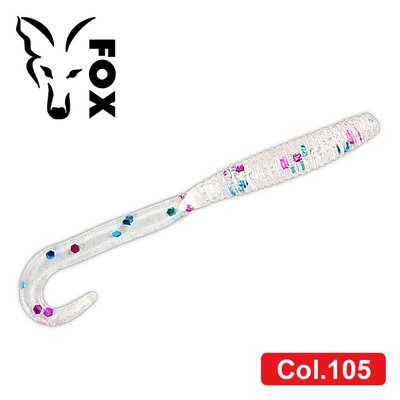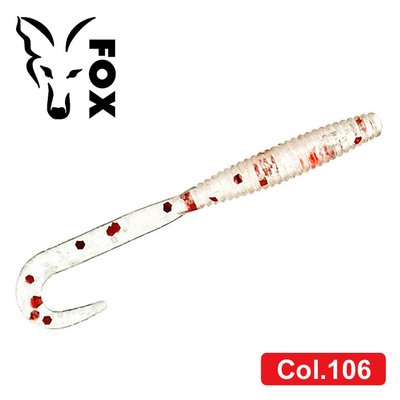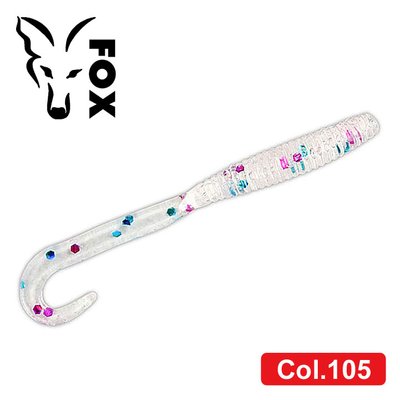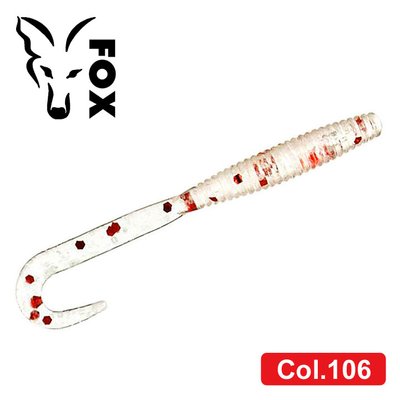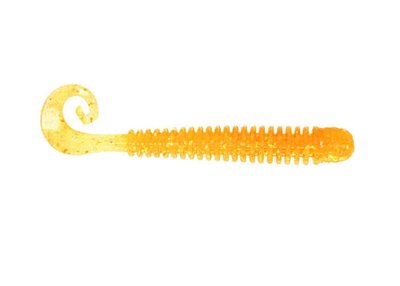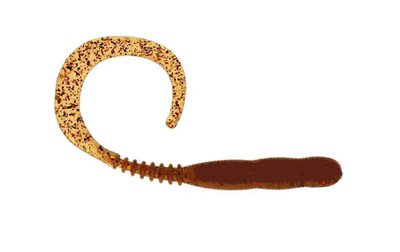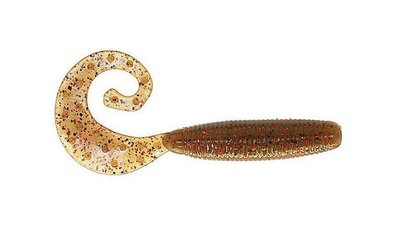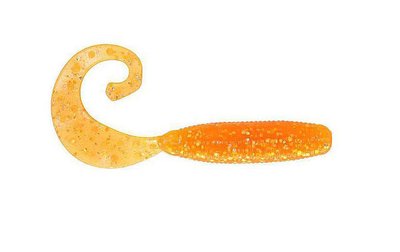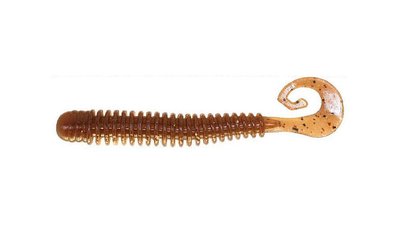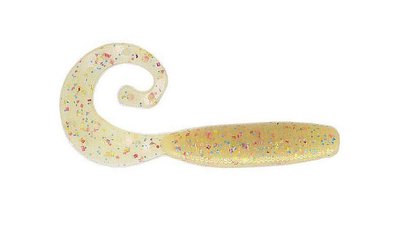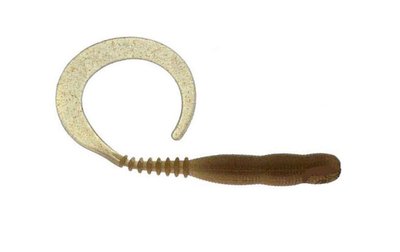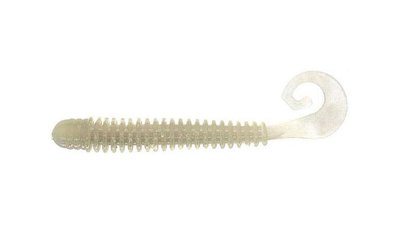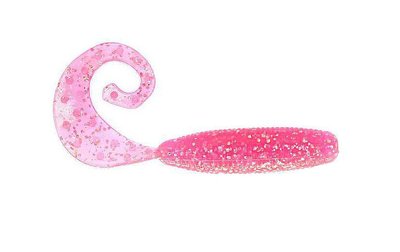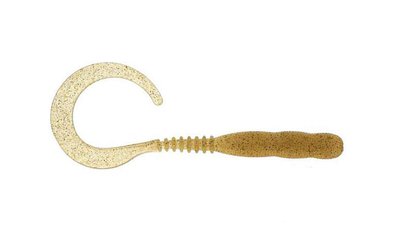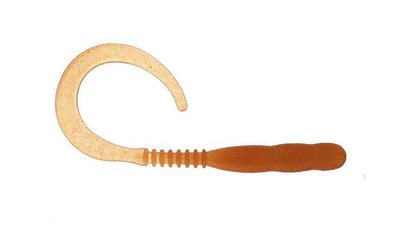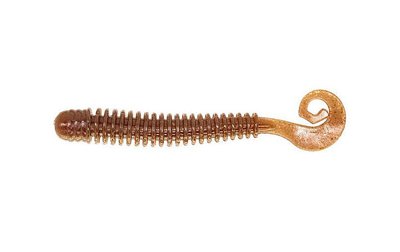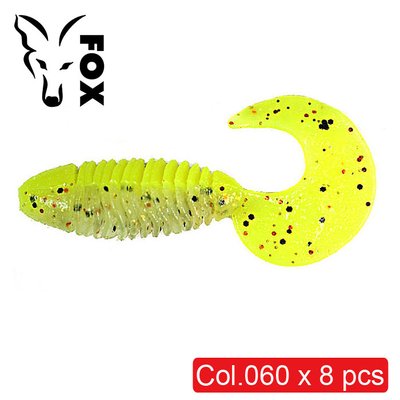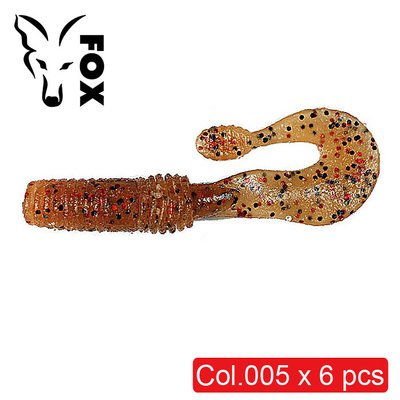|
Quantity
|
Price
|
||
|
|
|||
In spinning fishing, silicone bait is often used, which is called a twister (twister). These are interesting products, consisting of a ribbed cylindrical body and an elastic, rather long tail. Outwardly, they resemble larvae and other species of water inhabitants, so they make fishing easy and catchy.
Twisters are used in catching pike, perch, pike perch and other predators, although experienced fishermen do not limit themselves only to these fish, but also try to use such bait in catching “peaceful” varieties. As a rule, twister fishing means that the bait is attached to a jig head, but you can also strengthen it on an offset hook with an eared weight.
On sale you will find twisters with both voluminous and thin bodies. The length of the product varies from 1 to 20 cm. Most often, the body is ribbed, and the ribbing can be of varying degrees of severity; it is necessary to create acoustic noise in the water during movement. However, there are models without ribbing.
The main element that attracts the fish's attention is the tail. During wiring, it is mobile and imitates the movements of underwater inhabitants. Depending on the length and degree of curvature of the tail, the nature of the bait's play may vary.
The material for creating twisters is silicone. What may attract your attention is the so-called edible silicone. In fact, of course, it is inedible; amino acids, flavored salts, and attractants are added to it to provoke aggression from the fish. Thus, the bait attracts attention not only with its characteristic game, but also with its smell and even taste.
As for color, twister bait can be either bright, aggressive, or natural. The choice, again, depends on when and in what water the bait will be used. For example, in the spring after high water, after rain, when the water in the reservoir is cloudy, brightly colored baits with sparkles or a fluorescent effect will be more effective. On cloudy days, when there is little light, the attention of the fish is more likely to be attracted by twisters for fishing in light colors - white, light yellow, silver. In clear, bright light in calm water, the most similar to living creatures will be baits of natural colors: dark brown, black, chestnut, green. At great depths, where sunlight is muted, it is better to use acidic shades of bait, for example, bright yellow or light green. In winter, in open water, it is advisable to use purple and blue twisters.
By the way, it has been noticed that different types of fish react more actively to certain colors:
• pike perch – yellow and green;
• pike – all shades;
• perch – for shades of red.
Like any bait, twisters have their advantages and disadvantages. Among the advantages most often mentioned are:
• reasonable cost;
• a huge variety of options;
• various installation techniques.
Among the disadvantages, you can most often hear that twisters are not very strong - if a predator actively grabs or catches on a snag, the bait can receive significant damage. There are several types of twister installation:
• on a jig head - this is a hook with a rigidly fixed weight of any shape - from a ball and a bullet to a fish head;
• hinged – on a hook with a Cheburashka weight, it can be single, double or even triple;
• on an offset hook – the tip of the hook is tightly pressed to the body of the twister; it is advisable to use it in water with a large number of snags and vegetation.
Please note that often the body of the twister consists of dense silicone, and the tail is soft and elastic. During fishing, the moving part may suffer, and the catchability of the bait will be significantly reduced. You need to have a stock of new products of the same quality and the same manufacturer. Then you can quickly replace the damaged bait with a new one and continue fishing with the same efficiency.
In the online store Rybalka.ua, silicone twisters are presented in a wide variety. You will need the help of a consultant so as not to make a mistake in your choice.

